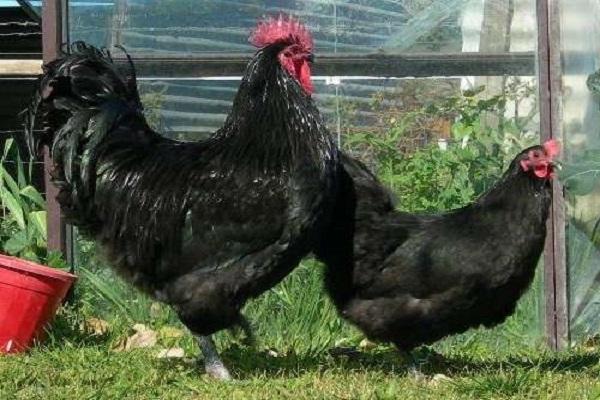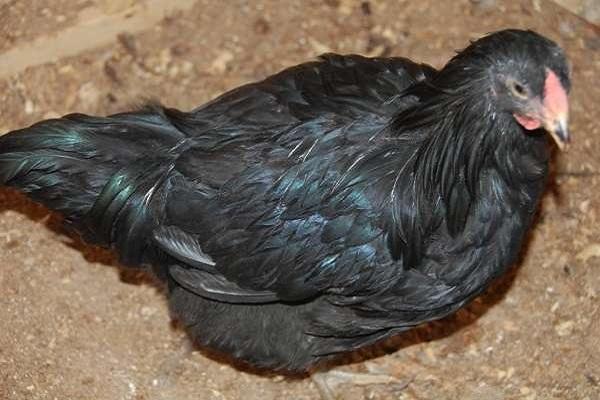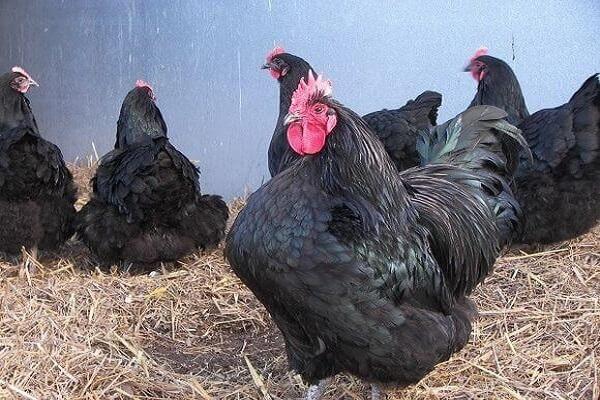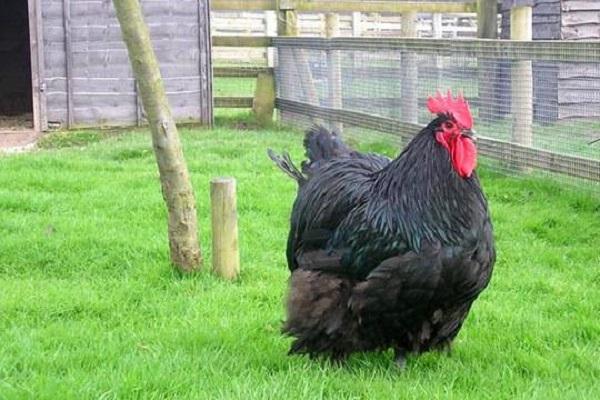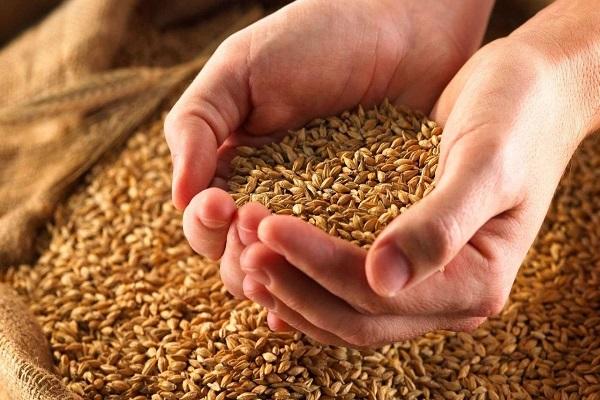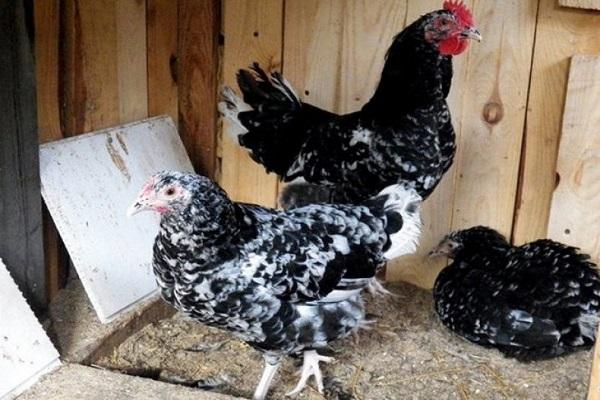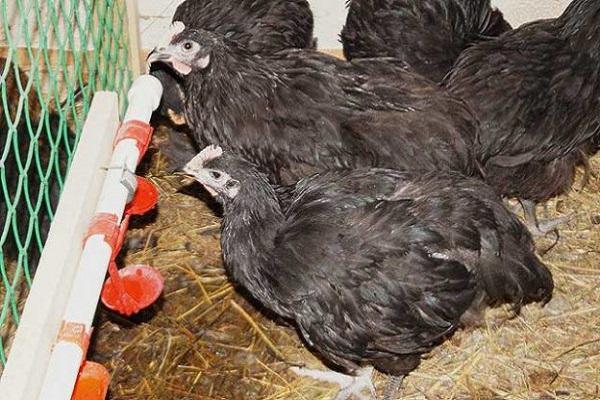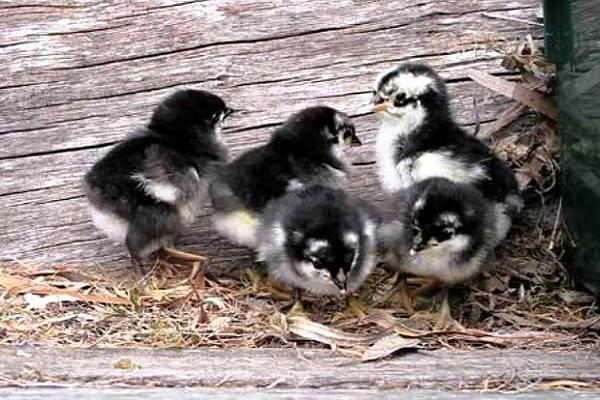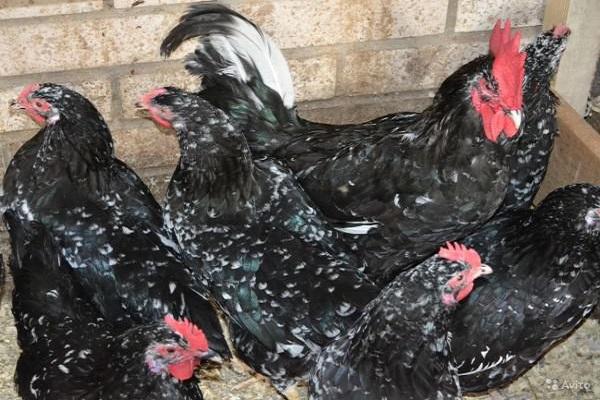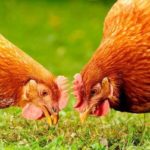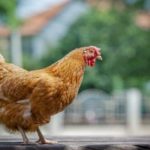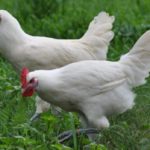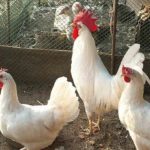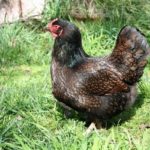Australorp is a breed of chicken that is of great interest to poultry farmers. Valued for egg production and tasty meat. The breed achieves high profitability rates due to the excellent combination of productivity and ease of care.
- History of the breed
- Description and characteristics of Australorp chickens
- Appearance and subspecies
- Black
- Marble
- Productivity
- Egg production
- Meat
- Breed Temperament
- Pros and cons of poultry
- Content nuances
- What should a chicken coop be like?
- Walking area
- Feeder and drinker
- Diet
- Breeding Features
- Incubation
- Incubation stages
- Chick care
- Feeding of chicks
- Possible diseases and their treatment
- Where to buy and approximate cost
History of the breed
Australorp was bred by Australian breeders. Back in 1890, experts set a goal to obtain a breed of chicken that would not only lay eggs well, but also have incredible meat taste. Crossbreeding occurred between several types of chickens.
The result was not long in coming, and the work of the breeders bore fruit. Australorp hens produced more than 300 eggs per year. The indicator is impressive, since no combined feeds were used for this, and the daylight hours remained unchanged. Despite the geographical location of the country, the chicken breed has become popular all over the world.
Description and characteristics of Australorp chickens
Just like other breeds, it has distinctive features by which you can recognize the Australorp.
Appearance and subspecies
Roosters and hens are characterized by having a strong body. The chest and belly are wide, which indicates good meat productivity of the bird. The wings are covered with wide feathers and fit tightly to the body.
The legs are spaced wide apart and colored dark gray or black. The bushy tail contains a large number of crescent-shaped feathers. Chickens are distinguished from roosters by their gender and smaller size.
Blue Australorps have dark linings on their legs and chest. Their eggs tend to be smaller in size.
Black
Chickens with this color were the first to be bred, so they are considered the main type. The plumage of black-and-white birds gives a green sheen. This subspecies of the breed is the largest, as it gains the most weight.
Marble
It has one distinctive feature, thanks to which it is not confused with other subspecies - the color of its feathers. The combination of colors gives an incredible marble effect. At first, the marbled Australorp could not boast of good maturity and egg size.After the work of domestic breeders, these indicators have changed for the better.
Productivity
The chicken breed is considered a meat-egg breed.
Egg production
Depending on the type, the indicator is slightly different. The average number per year produced by one hen reaches 150 pieces. The largest record that has been officially registered is 309 eggs. One Australorp egg weighs on average 59 g.
Meat
The weight of roosters and hens differs due to size. Females weigh from 2.5 to 3 kg. Roosters reach 3.5-4 kg.
Breed Temperament
Australorps have a calm and balanced character. They are non-conflicting and get along calmly with other birds in the poultry yard. When kept, they show themselves to be obedient.
Pros and cons of poultry
List of advantages:
- calm temperament;
- high egg production and taste;
- not picky about maintenance and nutrition;
- rapid adaptation to conditions of detention;
- stocking eggs throughout the year.
Among the shortcomings, no serious points stand out. Poultry farmers note only one feature - the poor productivity of offspring obtained by mixing Australorp with other breeds. A crossbreed does not always receive the same performance characteristics as its parents.
Content nuances
Caring for Australorp is based on the basic rules for keeping birds.
What should a chicken coop be like?
The birds were bred on a hot continent, but despite this, they adapted to the cold season in the country. If the temperature in the chicken coop does not drop below +12 degrees, the birds continue to lay eggs.
In the chicken coop where Australorps spend the winter, the walls must be insulated. A thick bedding is required on the floor. The need for additional heating arises if it is very cold outside.
A nesting box is placed in a dark place. It must be protected from drafts. A ball of straw or hay is placed at the bottom. One nesting box holds 4 hens.
Walking area
Thick plumage allows Australorps to take walks in the fresh air even in winter. In strong winds or rainy weather, birds happily sit in the chicken coop.
The walking area is surrounded by a 1.5 m high net. This is enough, since chickens do not fly higher. The walking yard is sown with grass in the spring so that the birds can peck at it in the summer.
Feeder and drinker
Since Australorps spend all their time outside during the warm season, containers for water and food are installed in the yard. These are usually wide bowls so that each bird can approach without disturbing the other. In winter, additional feeders are installed inside the chicken coop. Chickens must have fresh water.
Diet
Rules for Australorps:
- The main food for birds is grain. The birds are also given vegetables, herbs, dairy products, fish waste and bone meal.
- A small amount of yeast has a positive effect on egg production.
- Gravel in the feed improves digestion.
- Ground eggshells, chalk and shells serve as minerals for Australorps.
- In winter, the diet includes grass meal, pulp and silage.
- In the summer, chickens find various insects that they happily feed on.
A proper diet is the key to healthy chickens. The quality of food affects egg production and the taste of meat.
Breeding Features
Chickens turn out healthy and at home. But a large percentage of poultry farmers prefer the incubator method.
Incubation
Before setting the incubator, eggs undergo strict inspection. Suitable specimens are disinfected by wiping with a cotton pad soaked in a solution of potassium permanganate. Eggs intended for the incubator warm up for 6 hours. This technique will allow the chicks to be born at the same time.
The permissible percentage of humidity inside the incubator is 60-63%. Therefore, the humidity level is strictly controlled. For this purpose, a special device is installed inside the incubator.
Incubation stages
There are 4 main stages:
- In the first 7 days, active maturation of the embryo occurs.
- From the 8th to the 11th day, it is important to maintain humidity in the incubator. Eggs need dry air.
- From the 12th day, gas exchange appears in future chicks and metabolic processes begin to work.
- The last final stage is characterized by the chicks hatching from the shell.
The incubation process usually lasts 22 days.
Chick care
Birds that have just hatched need attention and care. Even before they are born, a person prepares a place for them in advance. It should be in a room with dry air, warm and without drafts. It is obligatory to have an area for corralling the hen and birds.
In the first 3-5 days, the chicks are placed in a box, the bottom of which is covered with thick paper. A mesh is installed on the top to protect them from external irritants. The feeder and water are transferred to the box.
Australorp chicks die at the slightest change in temperature. Therefore, in the first 8-12 weeks of life they need warmth.
In the first week, the temperature in the box should be within 30 degrees. Gradually the level drops to 26 degrees.
It is recommended to lower the temperature by 3 degrees every week.Chicks at the age of 1 month will feel great at 19 degrees. At night, Australorps turn on infrared lamps. During the day, the box or box is placed in the sun.
The latter is recommended to be done when the chickens are at least 3 days old.
Feeding of chicks
The diet scheme used by most poultry farmers:
- For the first 10-12 days, Australorp chickens are fed boiled eggs mixed with cereals and chopped greens. The ingredients are mixed and given to the chicks.
- After this, eggs are completely removed from the diet. Instead they are given feed with a high protein content.
- As the chickens grow, grain is added to the food, which is the main element of nutrition. Fish oil is added to it. You will need 1 g per day for 1 bird.
- The water in the drinking bowls is changed every day.
If, 2 months after hatching, the chickens weigh about 1.5 kg, then the diet is selected correctly.
Possible diseases and their treatment
Australorp is one of the few chicken breeds that has a strong immunity to disease. The occurrence of diseases occurs due to violation of the conditions of detention.
To ensure that the chicks grow strong and do not get sick, it is recommended to adhere to the following preventive measures:
- Vaccination against common diseases is carried out.
- Installation of bathtubs in the walking yard for swimming. Small depressions in the ground should be filled with a mixture of sand and ash. This is a good means of protection against parasites.
- Regular cleaning of the chicken coop from dirty litter. If you don't clean the house, parasites will breed on the dirty floor.
- Indicators such as air humidity in the poultry house and temperature should be within normal limits. A properly selected diet plays an important role.
Following the rules of prevention will protect you from problems in keeping birds.
Where to buy and approximate cost
You can buy Australorp eggs from farms. Eggs are also sold from poultry farmers who breed different breeds. The cost of eggs for incubation depends on the type of Australorp. The cost for 1 piece ranges from 20-50 rubles.

